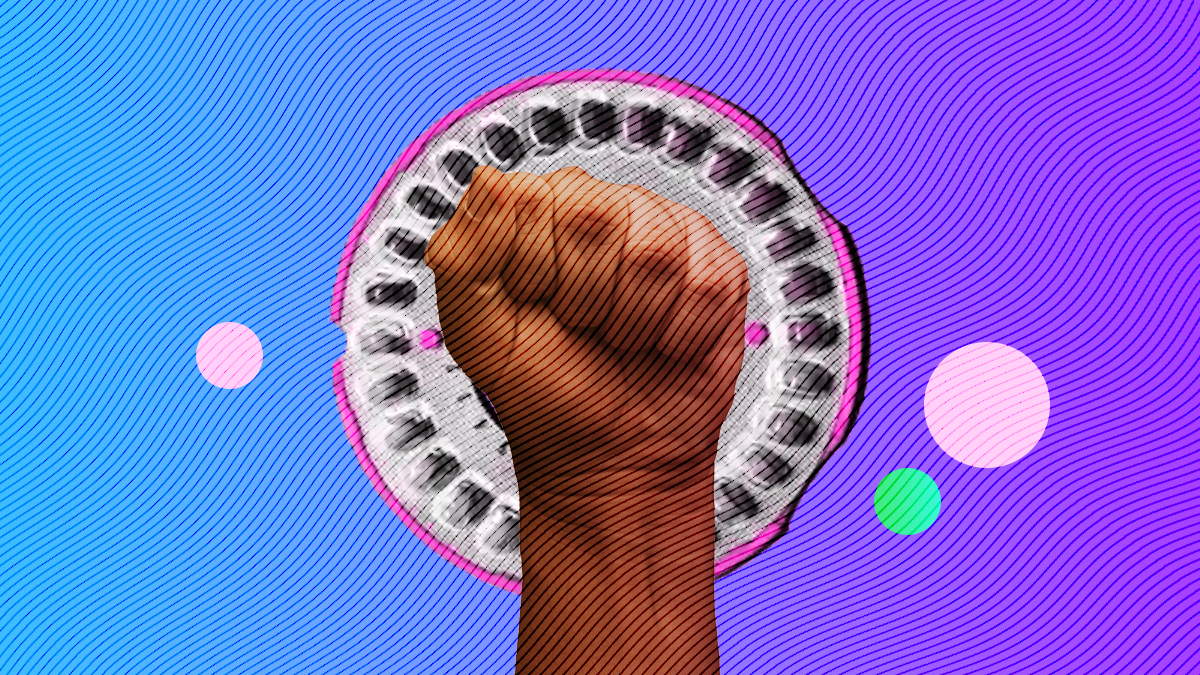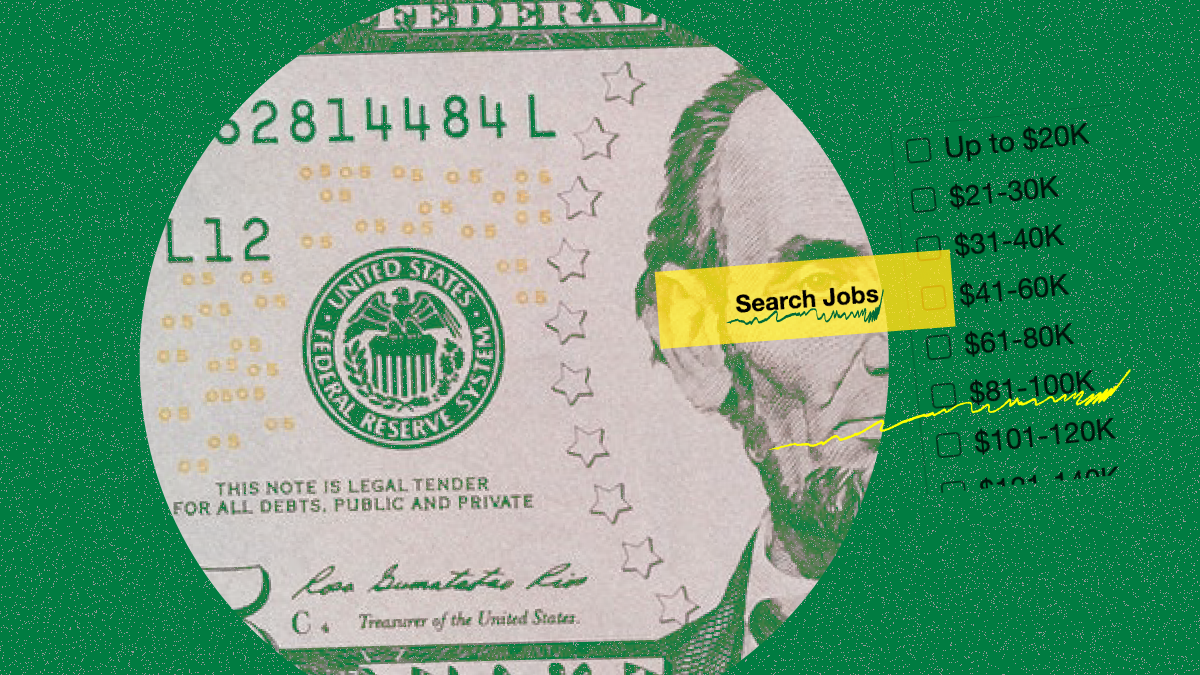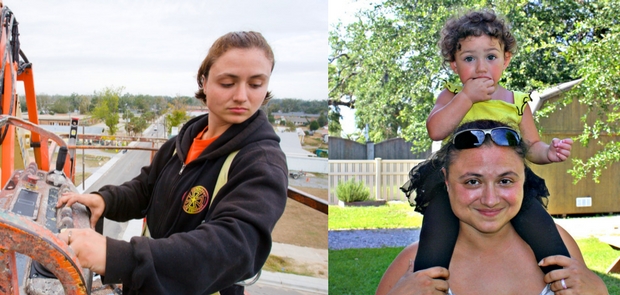Abortion rights, women of color, and LGBTQI+ people are under attack. Pledge to join us in fighting for gender justice.
Raising Payment Rates Raises Quality of Child Care

 The final federal spending agreement for FY 2018, enacted in March of 2018, increased funding for the Child Care and Development Block Grant (CCDBG)—the major federal child care program—by $2.37 billion dollars. This is the biggest child care funding increase in history! Now, states are beginning to make decisions about how to spend this sorely needed money and many are opting to put the new funds into raising payment rates for child care providers.
The final federal spending agreement for FY 2018, enacted in March of 2018, increased funding for the Child Care and Development Block Grant (CCDBG)—the major federal child care program—by $2.37 billion dollars. This is the biggest child care funding increase in history! Now, states are beginning to make decisions about how to spend this sorely needed money and many are opting to put the new funds into raising payment rates for child care providers.
Each state determines its own “payment rate”—the maximum amount (per day, per week, or per month) the state pays to providers who care for children receiving assistance through CCDBG. Recently, Maine overrode the governor’s veto to raise provider payment rates to the federally recommended level and Maryland enacted legislation requiring sufficient funds to be appropriated to raise provider payment rates gradually over the next few years. These increased payment rates can improve low-income families’ ability to access high-quality child care and providers’ ability to offer high-quality care. Let’s explore why.
First, increasing provider payment rates expands access to high-quality care for children in low-income families. Only two states set their payment rates at the federally recommended level in 2017, according to NWLC’s annual report on state child care assistance policies. In 23 states, payment rates for center care for a one-year-old were 20 percent or more below the recommended level. Low payment rates can discourage high-quality providers from enrolling children receiving child care assistance because the payment rate isn’t high enough to cover the costs of the care they provide. Essentially, serving children who receive assistance hurts the provider’s bottom line. The state payment rate may be hundreds of dollars less per month for each child receiving assistance than is required for the provider to break even. In many cases, the payment rate is also hundreds of dollars less per month than the provider would charge parents who pay fully out of their own pocket. As a result, providers may turn away a low-income family receiving child care assistance and instead fill the slot with a private-paying family’s child. Meanwhile, in low-income neighborhoods where there are few if any families able to pay for child care on their own, and payment rates to serve families receiving child care assistance are too low to cover the cost of offering care, providers may be unable to keep their doors open.
Second, increasing provider payment rates helps providers increase the quality of their care. When payment rates are low, those providers who do enroll children receiving child care assistance struggle to cover the costs entailed in offering high-quality care—and the bulk of these costs are salaries. As a result, low rates make it difficult to pay sufficient compensation to attract and retain well-qualified child care teachers. This has a major impact on children’s experiences in child care, since teacher quality is the central determinant of the quality of care. Children lose out when their teachers do not have the skills and knowledge necessary to encourage children’s learning and healthy development, or when they’re unable to form a consistent relationship with a caregiver due to high teacher turnover rates. Children also are negatively affected when their teachers are constantly worried about paying their rent, putting food on the table, and supporting their own families with their meager wages. This stress can interfere with the bonding and relationship-building between children and teachers that is so critical for social and emotional development, especially in infants and toddlers. In addition to depriving providers of the resources they need to pay adequate compensation to teachers and staff, low payment rates also make it difficult to maintain low child-staff ratios—which is especially important for infants and toddlers, who need one-on-one attention—and leave providers with fewer resources for maintaining facilities, purchasing toys and books, and covering other costs involved in providing high-quality child care and learning experiences.
Provider payment rates have been far too low for far too long. But with substantial new funding for child care, states now have an opportunity to rectify this situation and make it easier for low-income families to access high-quality child care for their children and for providers to offer high-quality care while still earning a living.





